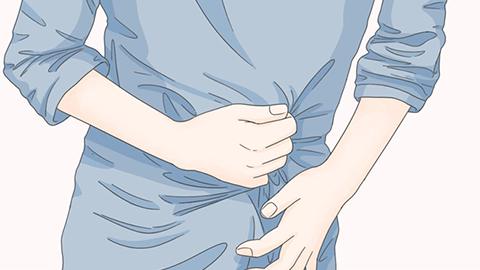How to treat pelvic effusion most effectively and quickly
Generally speaking, there is no specific method to treat pelvic effusion that is considered the best or fastest. Pelvic effusion may be caused by poor hygiene habits, ovulation period, hydrosalpinx, pelvic abscess, corpus luteum rupture, and other factors. It is recommended to seek timely medical attention, identify the underlying cause, and then proceed with recovery through general treatment, medication, or surgical treatment under the guidance of a qualified physician. Detailed explanations are as follows:

1. Poor Hygiene Habits
Poor personal hygiene habits, such as neglecting genital hygiene and frequent sexual intercourse, may allow bacteria to enter the body through damaged areas, potentially leading to increased secretions and pelvic effusion. It is recommended to maintain good personal hygiene and ensure a balanced intake of nutrients.
2. Ovulation Period
If you are in your ovulation period, secretions may flow into the pelvic cavity, causing pelvic effusion. This is a normal physiological condition and generally does not require treatment. If symptoms are severe, prompt medical attention is recommended.
3. Hydrosalpinx
Inflammation of the fallopian tubes or adhesions following surgery can cause occlusion of the fallopian tube lumen, leading to fluid accumulation in the fallopian tubes (hydrosalpinx), which cannot be drained normally and thus accumulates in the pelvic cavity as effusion. This may be accompanied by symptoms such as lower abdominal discomfort, menstrual irregularities, and infertility. It is recommended to follow medical advice and use anti-inflammatory medications such as aspirin effervescent tablets, hydrocortisone tablets, or acetaminophen tablets to control inflammation. If necessary, laparoscopic surgery may be performed to unblock the fallopian tubes or remove diseased tissue to reduce effusion formation.
4. Pelvic Abscess
Pelvic abscesses are often caused by bacterial infections, such as perforated appendicitis or postoperative infections following pelvic surgery. Inflammatory reactions in surrounding tissues and the accumulation of pus can lead to pelvic effusion. Symptoms may include high fever, severe abdominal pain, nausea, and vomiting. It is recommended to follow medical advice and use antibiotics such as norfloxacin capsules, amoxicillin capsules, or cefixime tablets to control the infection. In some cases, surgical drainage of the abscess and removal of the accumulated fluid may be necessary.
5. Corpus Luteum Rupture
If the corpus luteum ruptures, it may cause internal bleeding, affecting the body's internal environment and potentially leading to pelvic effusion. Prompt medical attention is advised, and medications such as cefuroxime axetil tablets, warfarin sodium tablets, or rivaroxaban tablets may be prescribed according to medical guidance. If symptoms are severe, surgical procedures such as transvaginal surgery or laparoscopic surgery may be recommended by your physician.
When treating pelvic effusion, it is important to choose an appropriate treatment method based on individual circumstances. Additionally, maintaining healthy lifestyle habits and a positive mindset is essential.





